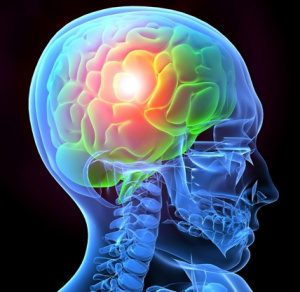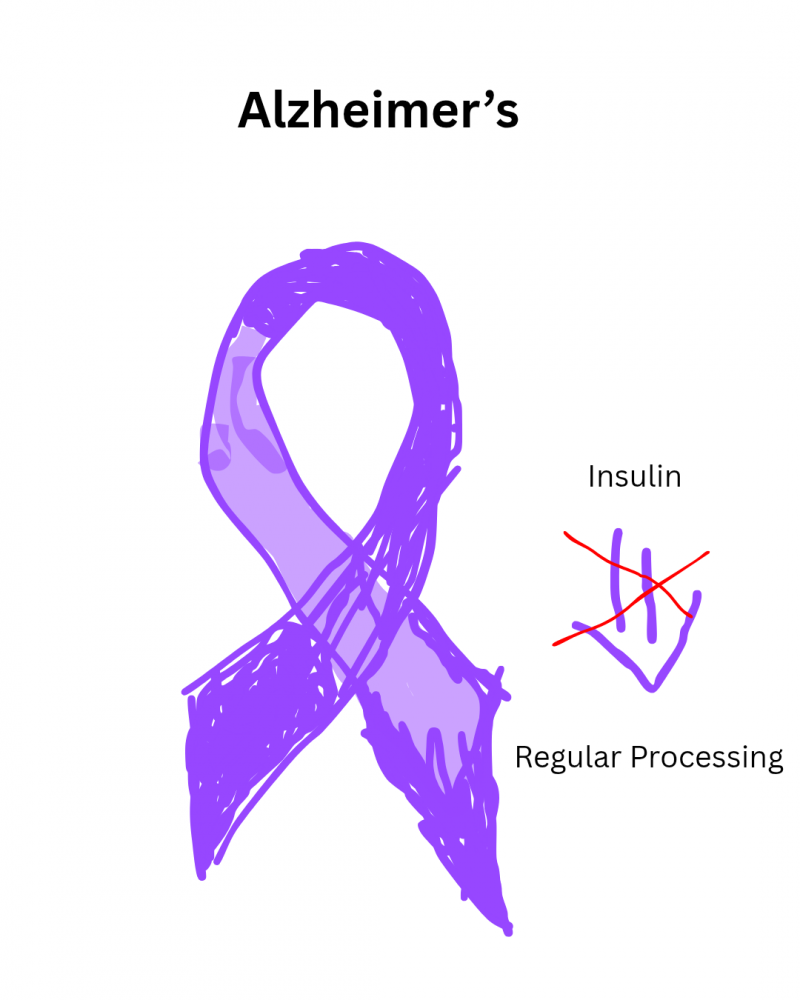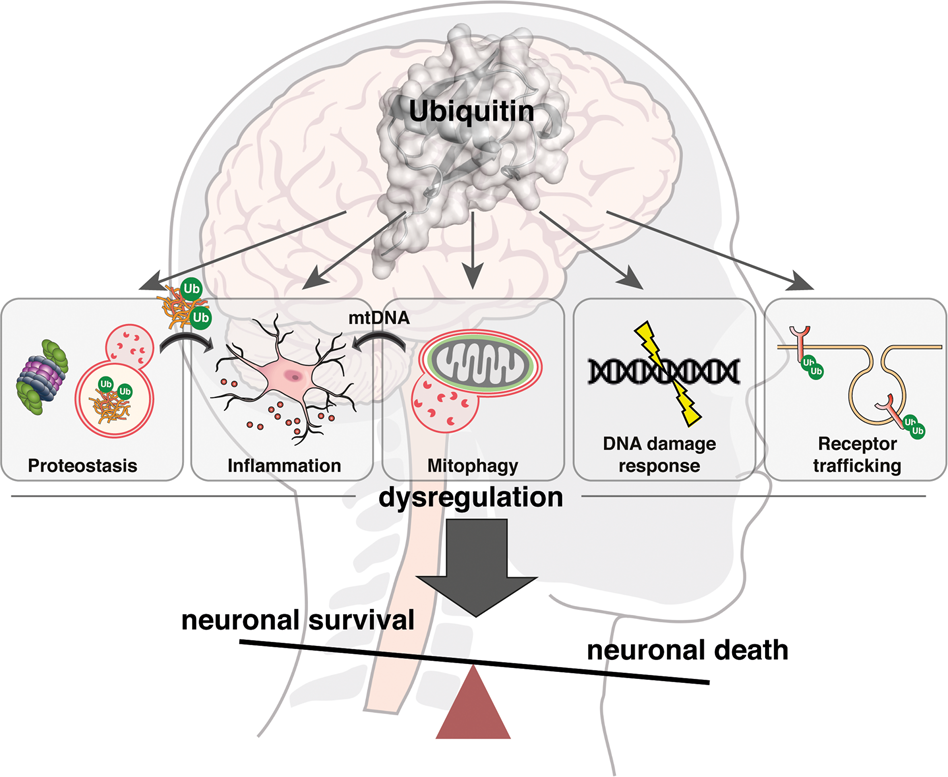 Figure 1
Figure 1
Every year, an estimated 3.8 million concussions [1] occur in the U.S. alone, with many going undiagnosed. While these injuries may seem minor, new research suggests that even a single concussion can trigger long-lasting brain damage.
Concussions don’t just disrupt the brain; they set off a chain reaction of cellular and metabolic disruptions. This includes impaired energy production, protein accumulation, and chronic neurodegeneration. And when the brain experiences multiple concussions before fully recovering, the damage can become even more severe, increasing the risk of long-term cognitive impairment, Alzheimer’s disease, and Chronic Traumatic Encephalopathy (CTE). [2]
Therefore, understanding the long-term effects of concussions is critical, not just for athletes, but for anyone who may suffer a head injury.
The Brain’s First Responders: Microglia and Astrocytes in Inflammation
The brain is a highly protected organ, yet it is not immune to injury. When trauma occurs, the body’s immune system cannot send white blood cells past the blood-brain barrier. Instead, the brain relies on its own immune defense: microglia and astrocytes. These glial cells work to protect neurons, but their response to injury is sometimes not as favorable.
Initially, glial cells act as first responders, helping to contain damage. But if their activation is prolonged, they can contribute to chronic inflammation, leading to long-term neurological problems. Therefore, understanding how microglia and astrocytes function, and how we might regulate their response could be the key to developing new treatments for brain injuries.
 Figure 2
Figure 2
Microglia: The Immune Warriors
Microglia are the brain’s resident immune cells, constantly monitoring their environment for damage or infection. When they detect a threat, they activate and shift into a pro-inflammatory (M1) state, releasing molecules as shown in figure 3 such as: [3]
- Tumor necrosis factor-alpha (TNF-α)
- Interleukin-1 beta (IL-1β)
- Interleukin-6 (IL-6)
These inflammatory signals help clear debris and protect against infections, but if microglia remain overactive, they can contribute to prolonged inflammation, damaging healthy brain cells. As seen in Figure 3, prolonged inflammation in the brain can contribute to neurodegenerative diseases like Alzheimer’s and chronic traumatic encephalopathy (CTE).[6]
After a mild traumatic brain injury (mTBI), microglia are the first to respond. They rush to the site of injury and release these inflammatory molecules to clean up damage and protect the brain. However, sometimes they don’t shut off when they should, leading to long-lasting inflammation that can cause memory problems, mood changes, and increase the risk of future brain damage.
To heal properly, microglia need to switch into a repair mode (M2 state), where they release anti-inflammatory molecules like:
- Interleukin-10 (IL-10)
- Transforming growth factor-beta (TGF-β)
In this state, microglia help repair tissues and restore homeostasis.



 Figure 3
Figure 3
Astrocytes: The Brain’s Support Network
While microglia act as the brain’s immune soldiers, astrocytes are more like engineers, they provide structure, support, and help keep the brain’s environment balanced. But after a brain injury, astrocytes change their behavior in a process called reactive astrogliosis . [4] This response helps protect the brain, but if it goes too far, it can cause problems.
When astrocytes become reactive, they:
- Produce more glial fibrillary acidic protein (GFAP) – This helps form a protective barrier around injured areas, but too much can block nerve regrowth, making recovery harder.
- Release inflammatory molecules (IL-1β, IL-6, MCP-1) – These signals attract more immune cells to the injury site, which can be helpful at first but may also prolong inflammation and damage healthy tissue.
- Control neurotransmitters like glutamate – Normally, astrocytes remove excess glutamate to keep brain activity in balance. But after an injury, they can struggle to regulate it, leading to excitotoxicity, where too much glutamate overstimulates and kills neurons. [5]
Astrocytes and the Blood-Brain Barrier: The Brain’s Gatekeepers
In addition to supporting neurons and regulating inflammation, astrocytes play a key role in maintaining the blood-brain barrier (BBB), a protective shield that controls what enters and exits the brain. The BBB prevents harmful substances like toxins, bacteria, and inflammatory molecules from reaching brain tissue, while allowing essential nutrients to pass through. Astrocytes strengthen this barrier by releasing signals that help maintain its integrity.
After an mTBI (mild traumatic brain injury), astrocytes react to the damage, but this can have both helpful and harmful effects:
✅ Protective role – Astrocytes reinforce the BBB to prevent further injury and infection.
❌ Barrier breakdown – If inflammation is prolonged, astrocytes may fail to maintain the BBB, allowing harmful substances to enter the brain.
 Figure 4
Figure 4
Potential Treatments for mTBI Recovery
Because both microglia and astrocytes play dual roles in brain inflammation—acting as both protectors and potential sources of harm—scientists are exploring treatments aimed at modulating their responses. Potential therapies include:
- Microglia-targeted therapies: Encouraging microglia to shift from an M1 inflammatory state to an M2 repair-focused state. Minocycline, an anti-inflammatory antibiotic, shows promise in reducing prolonged inflammation [7]
- Astrocyte regulation: Enhancing astrocyte function may improve glutamate clearance, reducing excitotoxicity and promoting neuronal survival. Certain drugs and omega-3 fatty acids may support this function.
A concussion isn’t just a quick shake it off moment; it’s your brain literally hitting the brakes and scrambling to recover. Microglia and astrocytes rush in like a cleanup crew, but if they overstay their welcome, they can cause more harm than good, leading to long-term brain issues.
So, give your brain the time it needs to heal. Rest, recover, and don’t rush back into action too soon. Pushing through too early can make things worse, but proper care can set you up for a stronger, healthier comeback. Your brain does a lot for you, make sure you take care of it, too!
 Figure 5
Figure 5
Footnotes
[1] Hallock, H., Mantwill, M., Vajkoczy, P., Wolfarth, B., Reinsberger, C., Lampit, A., & Finke, C. (2023). Sport-Related Concussion: A Cognitive Perspective. Neurology. Clinical practice, 13(2), e200123. https://doi.org/10.1212/CPJ.0000000000200123
[2] Matthews,(2017). What is Chronic Traumatic Encephalopathy? | Saponara Brain & Spine Center. Www.saponara.com. https://www.saponara.com/what-is-chronic-traumatic-encephalopathy/
[3] Colonna, M., & Butovsky, O. (2017). Microglia Function in the Central Nervous System During Health and Neurodegeneration. Annual review of immunology, 35, 441–468. https://doi.org/10.1146/annurev-immunol-051116-052358
[4] Matusova, Z., Hol, E. M., Pekny, M., Kubista, M., & Valihrach, L. (2023). Reactive astrogliosis in the era of single-cell transcriptomics. Frontiers in cellular neuroscience, 17, 1173200. https://doi.org/10.3389/fncel.2023.1173200
[5] Michinaga, S., & Koyama, Y. (2021). Pathophysiological Responses and Roles of Astrocytes in Traumatic Brain Injury. International Journal of Molecular Sciences, 22(12), 6418. https://doi.org/10.3390/ijms22126418
[6] Postolache, T. T., Wadhawan, A., Can, A., Lowry, C. A., Woodbury, M., Makkar, H., Hoisington, A. J., Scott, A. J., Potocki, E., Benros, M. E., & Stiller, J. W. (2020). Inflammation in Traumatic Brain Injury. Journal of Alzheimer’s disease : JAD, 74(1), 1–28. https://doi.org/10.3233/JAD-191150
[7] Scott, M. C., Bedi, S. S., Olson, S. D., Sears, C. M., & Cox, C. S. (2021). Microglia as therapeutic targets after neurological injury: strategy for cell therapy. Expert opinion on therapeutic targets, 25(5), 365–380. https://doi.org/10.1080/14728222.2021.1934447


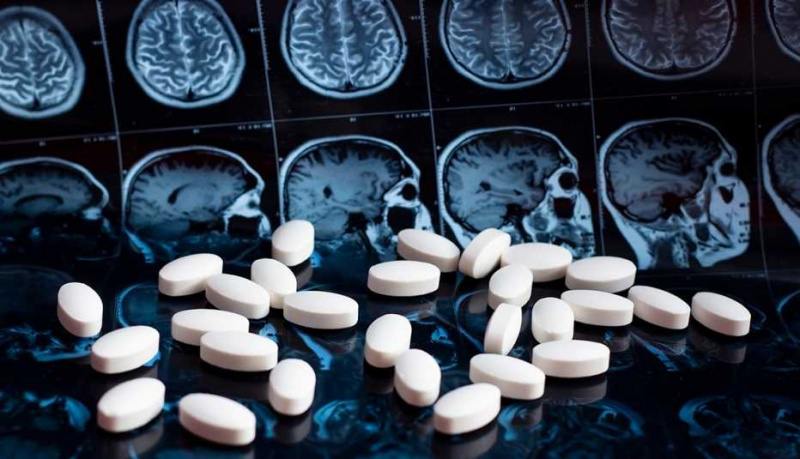

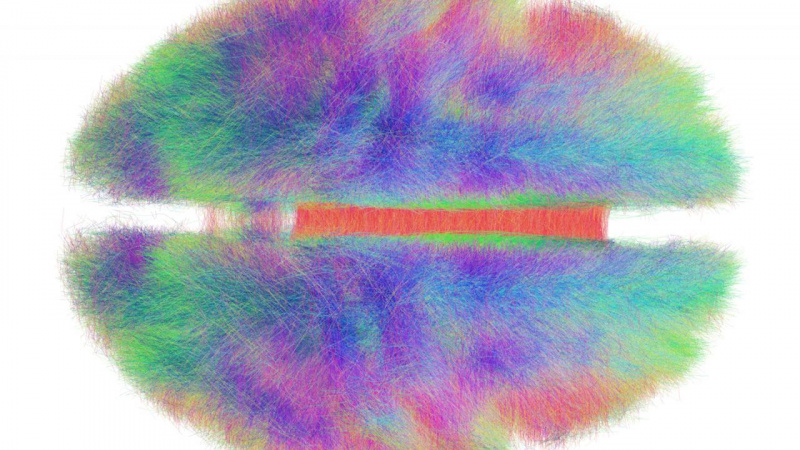

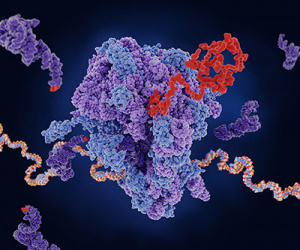




 Figure 1
Figure 1 Figure 2
Figure 2
 Figure 3
Figure 3 Figure 4
Figure 4 Figure 5
Figure 5
